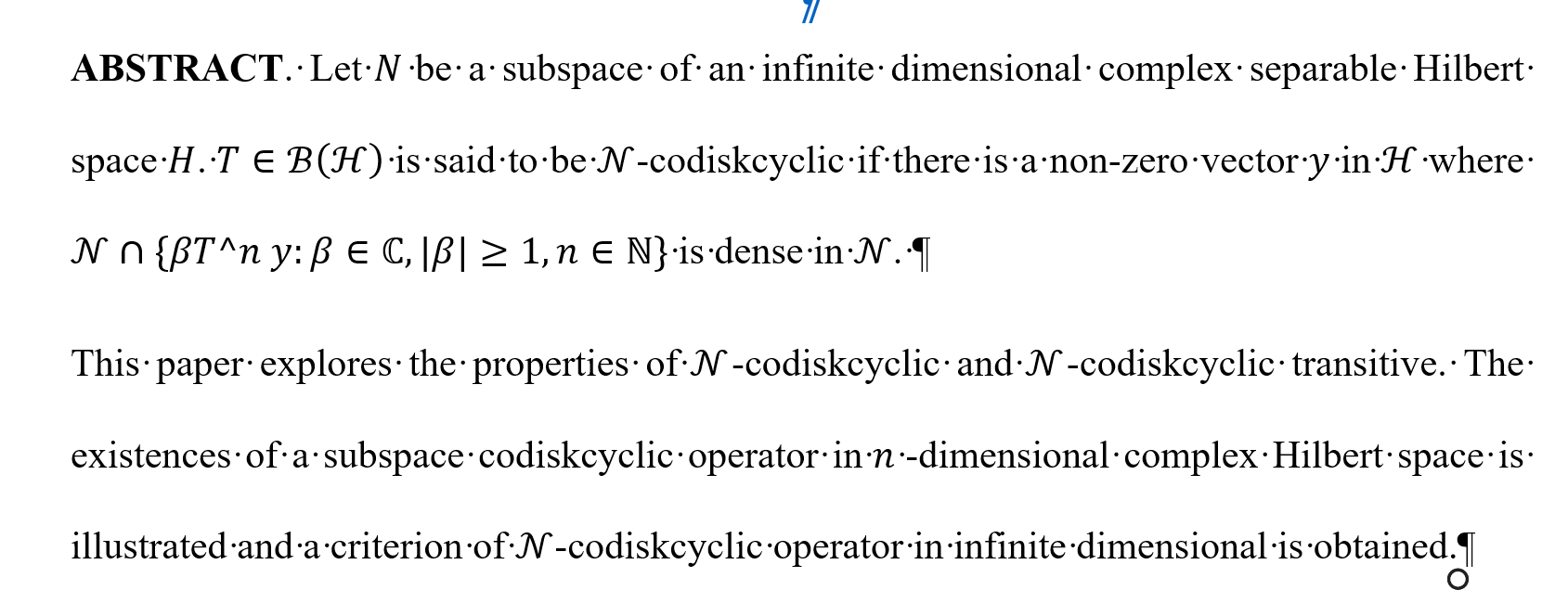In this study, the ZnTe thin films were deposited on a glass substrate at a thickness of 400nm using vacuum evaporation technique (2×10-5mbar) at RT. Electrical conductivity and Hall effect measurements have been investigated as a function of variation of the doping ratios (3,5,7%) of the Cu element on the thin ZnTe films. The temperature range of (25-200°C) is to record the electrical conductivity values. The results of the films have two types of transport mechanisms of free carriers with two values of activation energy (Ea1, Ea2), expect 3% Cu. The activation energy (Ea1) increased from 29meV to 157meV before and after doping (Cu at 5%) respectively. The results of Hall effect measurements of ZnTe , ZnTe:Cu films show that all films were (p-type), the carrier concentration (1.1×1020 m-3) , Hall mobility (0.464m2/V.s) for pure ZnTe film, increases the carrier concentration (6.3×1021m-3) Hall mobility (2m2/V.s) for doping (Cu at 3%) film, but decreases by increasing Cu concentration.
The aim of this paper is to generate topological structure on the power set of vertices of digraphs using new definition which is Gm-closure operator on out-linked of digraphs. Properties of this topological structure are studied and several examples are given. Also we give some new generalizations of some definitions in digraphs to the some known definitions in topology which are Ropen subgraph, α-open subgraph, pre-open subgraph, and β-open subgraph. Furthermore, we define and study the accuracy of these new generalizations on subgraps and paths.

Most of the Weibull models studied in the literature were appropriate for modelling a continuous random variable which assumes the variable takes on real values over the interval [0,∞]. One of the new studies in statistics is when the variables take on discrete values. The idea was first introduced by Nakagawa and Osaki, as they introduced discrete Weibull distribution with two shape parameters q and β where 0 < q < 1 and b > 0. Weibull models for modelling discrete random variables assume only non-negative integer values. Such models are useful for modelling for example; the number of cycles to failure when components are subjected to cyclical loading. Discrete Weibull models can be obta
... Show More (1)
(1)
المتغير العشوائي X له توزيع أسي اذا كان له دالة احتمالية الكثافة بالشكل:
عندما ، هذه هي الحالة الخاصة لتوزيع كاما.
غالباً جداً ولسبب معقول تأخذ . الحالة الخاصة لـ (1) التي نحصل عليها تسمى بالتوزيع الاسي لمعلمة واحدة.
اذا كانت ، ، التوزيع في هذه الحالة يسمى التوزيع الاسي القياسي
اما بالنسب
... Show MoreLet R be a commutative ring with unity and let M be a left R-module. We define a proper submodule N of M to be a weakly prime if whenever r  R, x  M, 0  r x  N implies x  N or r  (N:M). In fact this concept is a generalization of the concept weakly prime ideal, where a proper ideal P of R is called a weakly prime, if for all a, b  R, 0  a b  P implies a  P or b  P. Various properties of weakly prime submodules are considered.
Let be a commutative ring with an identity and be a unitary -module. We say that a non-zero submodule of is primary if for each with en either or and an -module is a small primary if = for each proper submodule small in. We provided and demonstrated some of the characterizations and features of these types of submodules (modules).
Let R be a commutative ring with 10 and M is a unitary R-module . In this paper , our aim is to continue studying 2-absorbing submodules which are introduced by A.Y. Darani and F. Soheilina . Many new properties and characterizations are given .
 (2)
(2)
Let be a commutative ring with identity and let be an R-module. We call an R-submodule of as P-essential if for each nonzero prime submodule of and 0 . Also, we call an R-module as P-uniform if every non-zero submodule of is P-essential. We give some properties of P-essential and introduce many properties to P-uniform R-module. Also, we give conditions under which a submodule of a multiplication R-module becomes P-essential. Moreover, various properties of P-essential submodules are considered.
 (6)
(6)
 (1)
(1)
In this note we consider a generalization of the notion of a purely extending
modules, defined using y– closed submodules.
We show that a ring R is purely y – extending if and only if every cyclic nonsingular
R – module is flat. In particular every nonsingular purely y extending ring is
principal flat.
